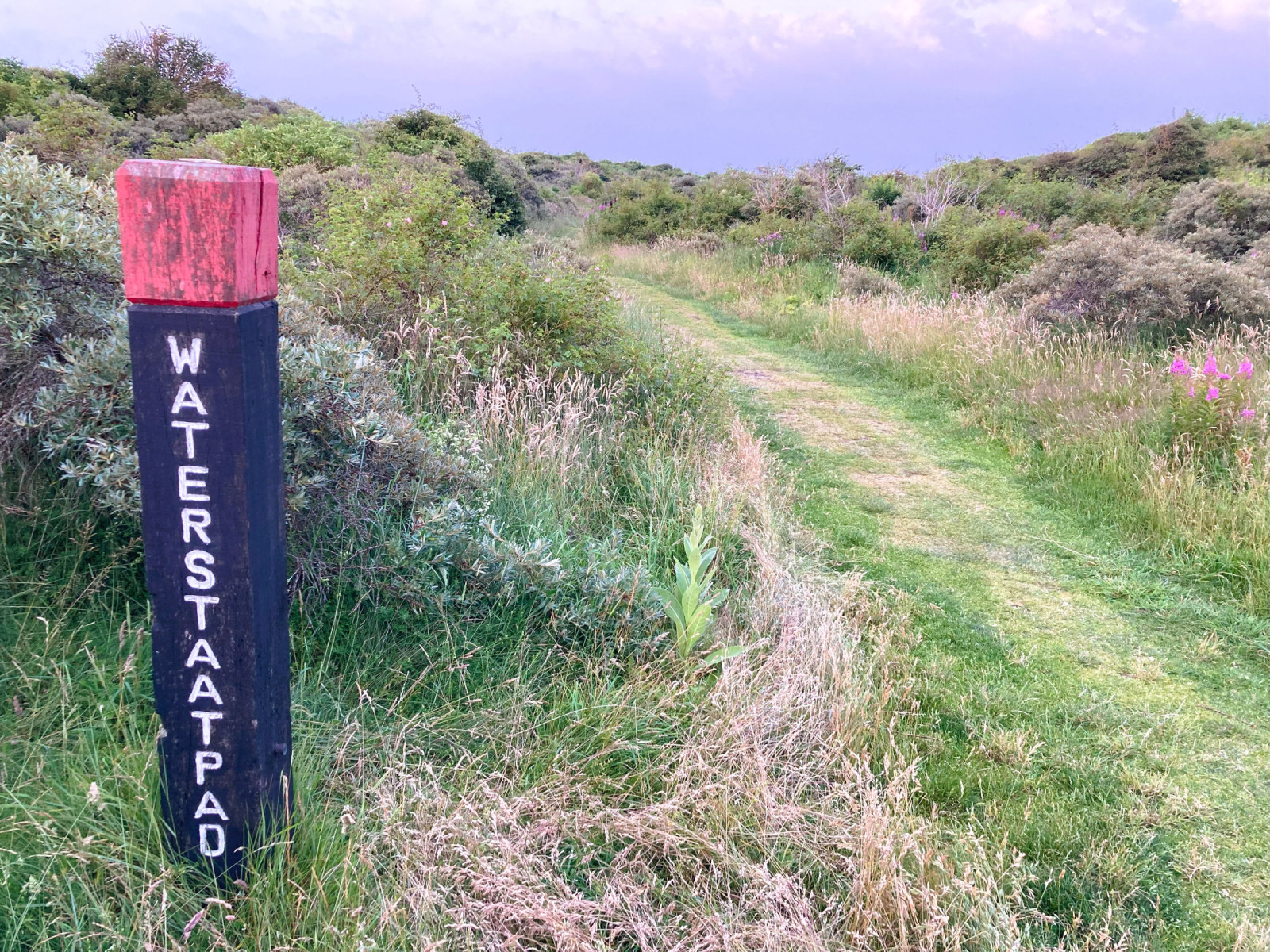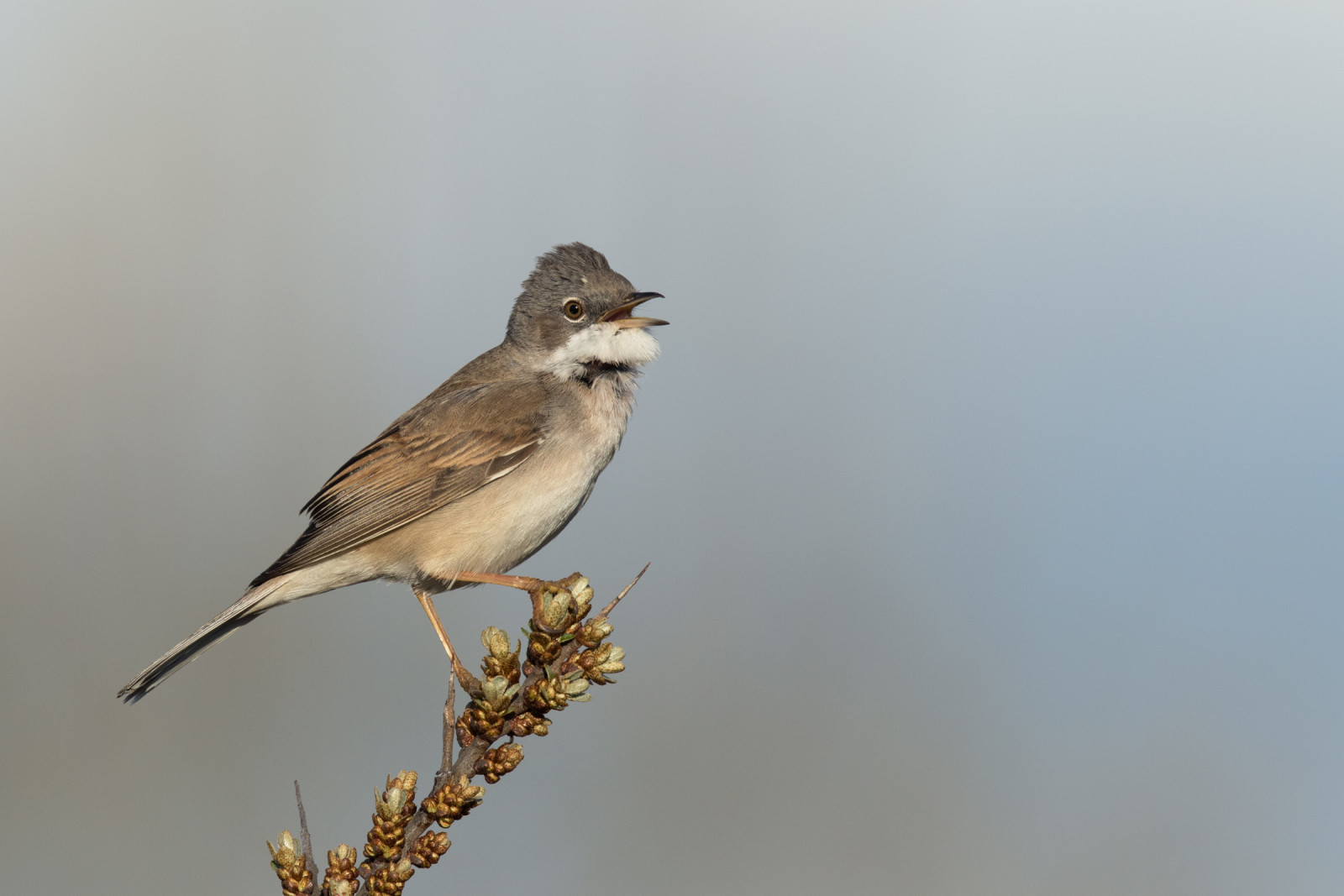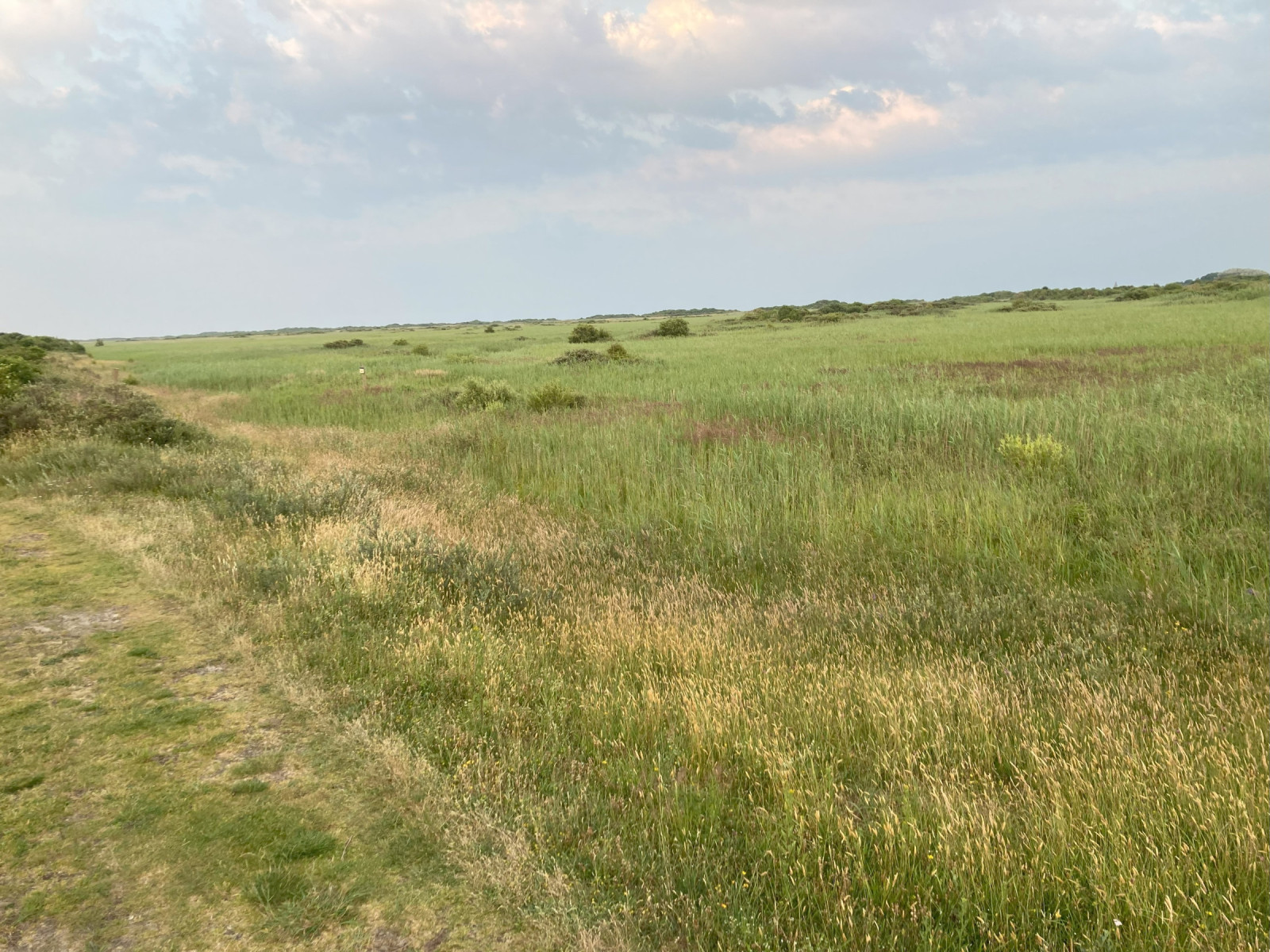Charger images
Les formats d'image autorisés sont de type jpeg, png ou gif
La taille maximale du fichier doit être de 20MB



This beautiful path on the east side of Schiermonnikoog takes you along the big eastern salt marsh. Full of songbirds and wonderfully quiet.
The Waterstaatpad is a beautiful path and one of the few paths towards the eastern tip of the island of Schiermonnikoog. South of the path is the Oosterkwelder, a salt marsh that is the largest contiguous nature reserve in Schiermonnikoog. The Oosterkwelder is closed during the breeding season, but the Waterstaatpad is accessible all year round and from the path you can have an excellent view of parts of the Oosterkwelder.
The path starts as an enclosed path between the dunes, but the further you go, the more the landscape opens up and you can see further away. In spring and early summer it is packed with singing shrubland birds. The further you walk down this remote path, the fewer people you will encounter. Birds you can see along the route include: Fauvette grisette, Rossignol philomèle, Locustelle tachetée, Linotte mélodieuse, Verdier d'Europe, Fauvette à tête noire, Hypolaïs ictérine, Rousserolle verderolle, Busard des roseaux and during migration Merle à plastron.
Towards the end of the path the area becomes wetter with more reeds and water puddles and there you can encounter birds such as Râle d'eau, Spatule blanche, Bruant des roseaux, Gorgebleue à miroir and depending on how wet it is various species of waders and herons.
_________________________
Nederlands: Het Waterstaatpad is een schitterend pad en een van de weinige paden richting de oostelijke punt van Schiermonnikoog. Ten zuiden van het pad ligt de Oosterkwelder, het grootste aaneengesloten natuurgebied van Schiermonnikoog. De Oosterkwelder is tijdens het broedseizoen gesloten, maar het Waterstaatpad is het hele jaar toegankelijk en vanaf het pad kun je delen van de Oosterkwelder prima overzien.
Het pad begint als ingesloten pad tussen de duinen, maar hoe verder je doorloopt hoe meer het landschap zich opent en je verder weg kunt kijken. In voorjaar en vroege zomer zit het bomvol met zingende struweelvogels. Hoe verder je dit afgelegen pad in loopt, hoe minder mensen je nog tegen komt. Vogels die je langs de route kunt zien zijn onder meer Fauvette grisette, Rossignol philomèle, Locustelle tachetée, Linotte mélodieuse, Verdier d'Europe, Fauvette à tête noire, Hypolaïs ictérine, Rousserolle verderolle, Busard des roseaux en tijdens de vogeltrek Merle à plastron.
Tegen het einde van het pad wordt het gebied natter met meer riet en waterplassen en daar kun je vogels tegenkomen als Râle d'eau, Spatule blanche, Bruant des roseaux, Gorgebleue à miroir en afhankelijk van hoe nat het is diverse soorten steltlopers en reigers.
Park your bicycle at the large bicycle parking lot at beach pavilion De Marlijn. You can also park your bike at the beginning of the path, but it is quite sandy there.The path is approximately 4 kilometers long. You can walk back the same path or choose to continue to the sea and walk back via the beach.
_________________________
Nederlands: Parkeer je fiets bij de grote fietsparkeerplaats bij strandpaviljoen De Marlijn. Je fiets parkeren kan eventueel ook aan het begin van het pad, maar daar is het wel behoorlijk zanderig. Het pad is ongeveer 4 kilometer lang. Je kunt hetzelfde pad weer terug lopen of ervoor kiezen door te steken naar de zee en via het strand weer terug te lopen.
Votre feedback sera transmis à l’auteur.rice de cette zone et à l’équipe éditoriale de Birdingplaces, qui l’utiliseront pour améliorer la qualité des informations. (Vous souhaitez publier un commentaire visible en bas de page ? Fermez cette fenêtre et choisissez l’Option 1 : « Publier un commentaire, un conseil ou une observation ».)
Veuillez fournir des suggestions d'améliorations ou d'ajouts au texte de ce site ornithologique.
Veuillez fournir vos suggestions d'améliorations ou d'ajouts à la carte.
Veuillez fournir des suggestions d'améliorations ou d'ajouts à la liste des oiseaux.
Cliquez sur l'icône de l'oiseau () Insérez les noms d'oiseau dans votre langue. Ils seront automatiquement traduits pour les autres usagers !